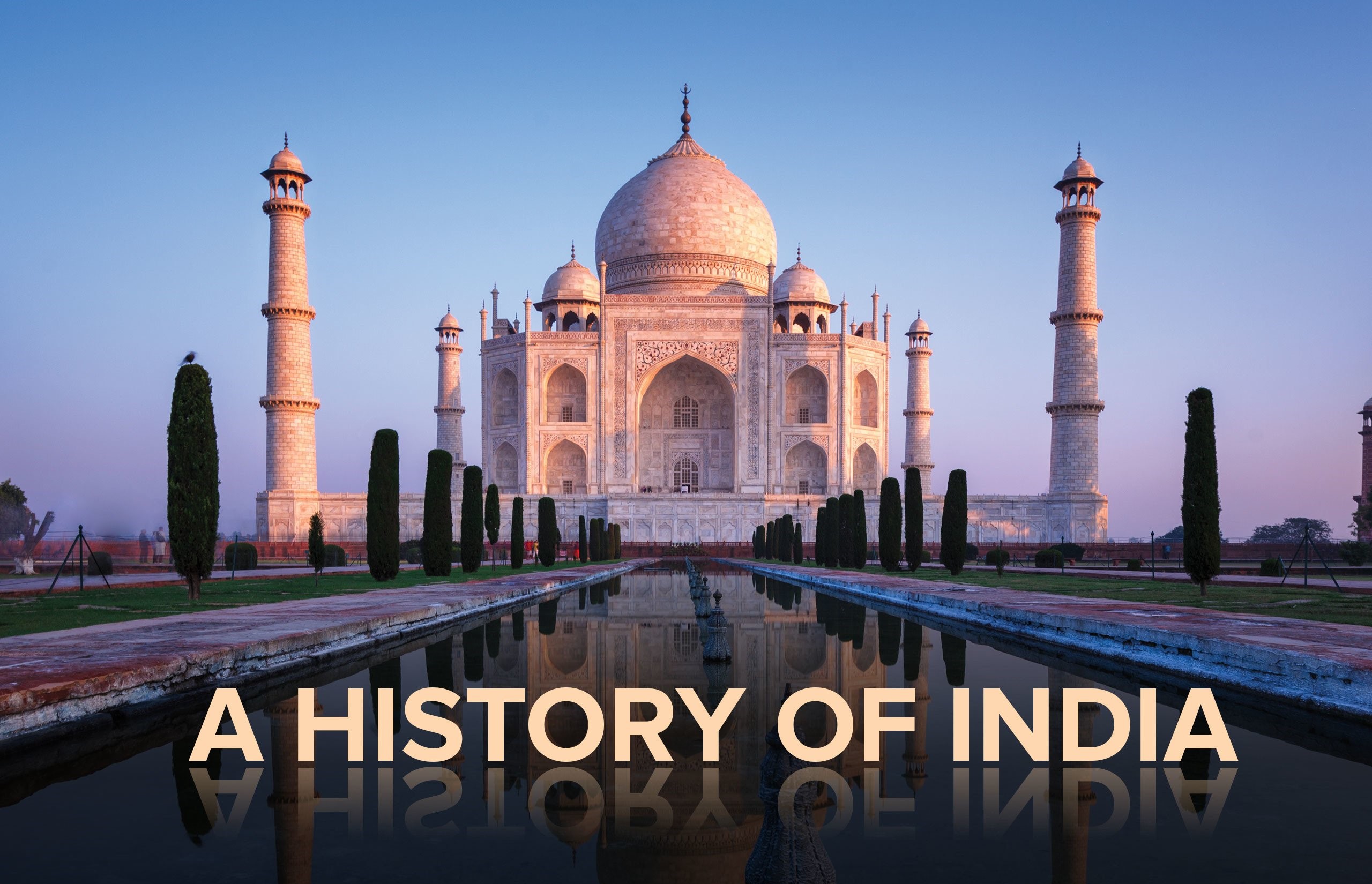States of the Deccan and South India
States of the Deccan and South India
Chalukyas of Vatapi ( Vadami ): 543-755 AD
» The Vakataka power was followed by Chalukyas.
» Chalukyas established their capital at Vatapi / Badami in the district of Bijapur in Karnataka.
» Pulakesin II (609-42 AD) was able to check Harsha's design to conquer Deccan.
» Aihole inscription is an eulogy written by his court poet Ravikirti.
» He sent an ambassador to the Persian King Khusrau II in 625 AD and also received one from him.
» The Chinese pilgrim Hiuen-Tsang visited his kingdom.
» Pallava ruler Narsimhavarman 'Mammala' invaded the Chalukya kingdom, killed Pulakesin II and captured Vatapi. He adopted the title Vatapikonda i.e. the conqueror of Vatapi.
» In 757 AD, Chalukyas were overthrown by their feudatories. the Rashtrakutas.
Vesara Stye or Deccan Style
» Chalukyas began the Vesara style or Deccan style in building structural temples, which however, reached culmination, only under the Rashtrakutas and the Hoyasalas.
Specimens of Chalukyan Temples :
1. Vesar style - Jinendra temple or Meguti temple - Aihole (Ravikirti); Vishnu temple - Aihole, Ladh Khan temple (attributed to god Surya) - Aihole, Durga temple - Aihole; Aihole is called a town of temples because it contains about 70 temples.
2. Nagara style : Papanatha temple – Pattadakal
3. Dravida style : Virupaksha temple and Sangamesvara temple- Pattadakal.
Pallavas of Kanchi: 575-897 AD
» There is controversy regarding the origin of Pallavas. Possibly the Pallavas were a local tribe who established their authority in the Tondaimandalam or the land of creepers.
» They were orthodox Brahmanical Hindus and their capital was Kanchi.
» Both Chalukyas and Pallavas tried to establish their supremacy over land between Krishna and Tungabhadra.
» Pallava king Narsimhavarman (630-668 AD) occupied Chalukyan capital Vatapi in about 642 AD and assumed the title Vatapikonda i.e. conqueror of Vatapi.
» Pallavas were instrumental in spreading Indian culture in South-East Asia. Till the 8th century AD Pallava influence was predominant in Cambodia. The Pallava type of Shikhara is to be found in the temples of Java, Cambodia and Annam.
Pallava Art
» Pallavas began the Dravida stye of temple architecture, which reached culmination under the rule of Cholas.
» The development of temple architecture, particularly Dravida style.
